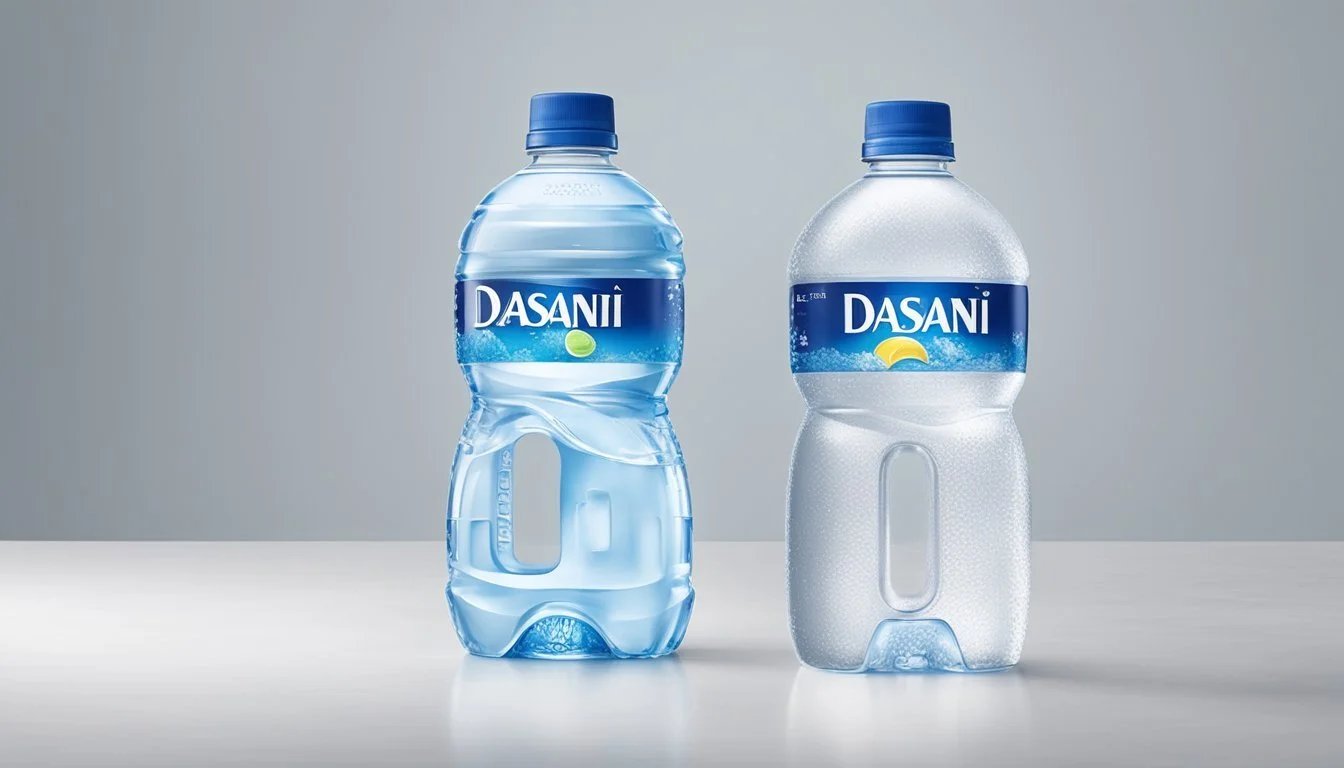Dasani vs. Zephyrhills
Comparing Taste, Purity, and Sustainability
In the ever-expanding world of bottled water, two brands often find themselves at the center of consumer comparison: Dasani and Zephyrhills. Each brand has developed its own following, with preferences typically grounded in taste, source, and purity of the water they offer. Dasani, a product of The Coca-Cola Company, is known for its wide availability and consistent taste, purified through a process that includes reverse osmosis and enhanced with minerals. On the other hand, Zephyrhills, sourced from Florida's natural springs, prides itself on offering a naturally sourced option in the market, believing that the origin of water plays a significant role in its final taste and quality.
The debate between Dasani and Zephyrhills can extend beyond individual taste preferences to encompass the brands' environmental footprints, manufacturing processes, and the presence of additional ingredients. Consumers often deliberate over the mineral content and the potential presence of additives that might alter the taste or the health benefits of the water.
Assessing these brands side by side involves examining a range of factors from the sourcing of the water, the type of treatment it undergoes, packaging practices, and their overall corporate sustainability efforts. Consumers are increasingly making choices that reflect not just their personal taste but also their values and concerns for health and environmental impact, making the decision between these two bottled water giants about more than just hydration.
Historical Background of Bottled Water Brands
Bottled water has evolved from a luxury item to a staple of modern convenience. Diverse brands have emerged, each carrying its narrative. Dasani, launched by Coca-Cola in 1999, entered the market to compete with Pepsi's Aquafina. Coca-Cola's foray into bottled water underscored the growing consumer demand for portable, purified drinking water. Dasani utilizes a reverse osmosis filtration process, and it is a purified water, distinct from spring water, with added minerals for taste.
On the other hand, Zephyrhills is a brand of spring water that dates back to 1964 and is sourced from springs in Florida. Zephyrhills, now owned by Nestlé Waters North America, has regional prominence, appreciated for its natural origin. The brand represents the segue of local spring water businesses into large-scale bottling operations.
Brand Owner Launch Year Water Type Dasani Coca-Cola 1999 Purified bottled water Zephyrhills Nestlé Waters 1964 Spring water
The entry of major soda players such as Coca-Cola into the bottled water brand market signaled a significant shift. It recognized the consumer preference for healthier beverage alternatives. This movement led to the proliferation of bottled water as a product line and the diversification of offerings by major beverage companies to satisfy various customer preferences. Each brand's history contributes to the understanding of bottled water's trajectory, reflecting societal trends and evolving consumer behavior towards hydration.
Comparison of Water Sources
The source of bottled water has implications for taste, health, and the environment. This section critically examines the origins of Dasani and Zephyrhills products, their environmental impacts, and the materials used in packaging.
Dasani Water Source
Dasani uses tap water, which is then purified and enhanced with a proprietary blend of minerals for taste. Coca-Cola, Dasani's parent company, uses a process called reverse osmosis to remove impurities and contaminants typically found in municipal water sources.
Zephyrhills Water Source
Zephyrhills sources its water from spring water, drawing from Florida's natural aquifers. This spring water naturally filters through layers of rock, gathering minerals that contribute to its flavor and composition before being bottled.
Environmental Impact and Sustainability
Dasani: The purification process of converting tap water into Dasani bottled water requires energy and contributes to the product's carbon footprint.
Zephyrhills: The collection of spring water can impact local groundwater levels. Zephyrhills asserts effort in managing sustainable spring sources to mitigate environmental effects.
The Environmental Protection Agency (EPA) regulates municipal tap water, while the Food and Drug Administration (FDA) oversees bottled water. Both Dasani and Zephyrhills are subject to different regulations, ensuring the safety and quality of the water provided.
Regulatory Standards and Health Implications
Dasani: Must comply with EPA standards for tap water before purification, and then meet FDA regulations for bottled water. The proprietary blend of minerals added for flavor is also regulated.
Zephyrhills: Being natural spring water, it is subject to FDA regulations concerning contaminants and safety standards similar to other bottled waters.
Packaging and Materials
Dasani: Often packaged in PET plastic bottles, which are widely recyclable. However, the environmental burden of plastic waste is significant if not properly recycled.
Zephyrhills: Uses PET bottles as well, and also offers some products in resealable and recyclable plastic bags to reduce material use.
Each company adopts measures to ensure health standards and safety. They also implement initiatives aimed at reducing their environmental impact through various packaging solutions and sustainable resource management.


